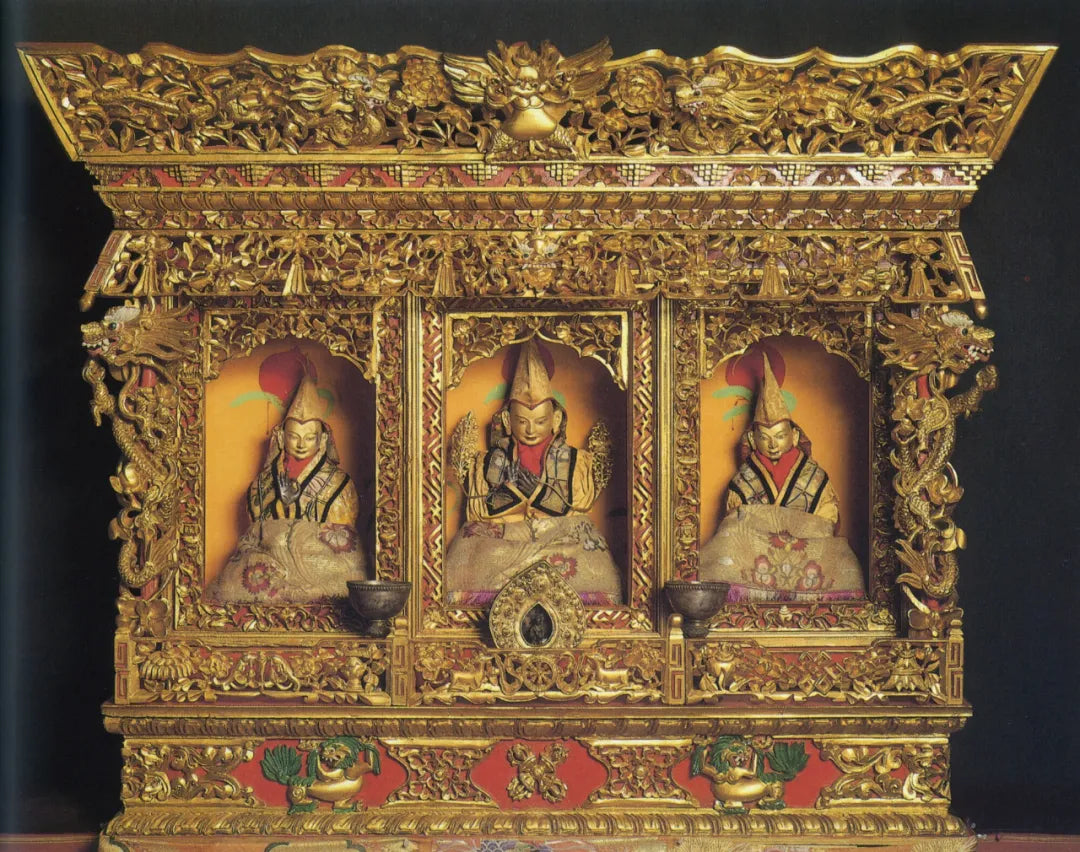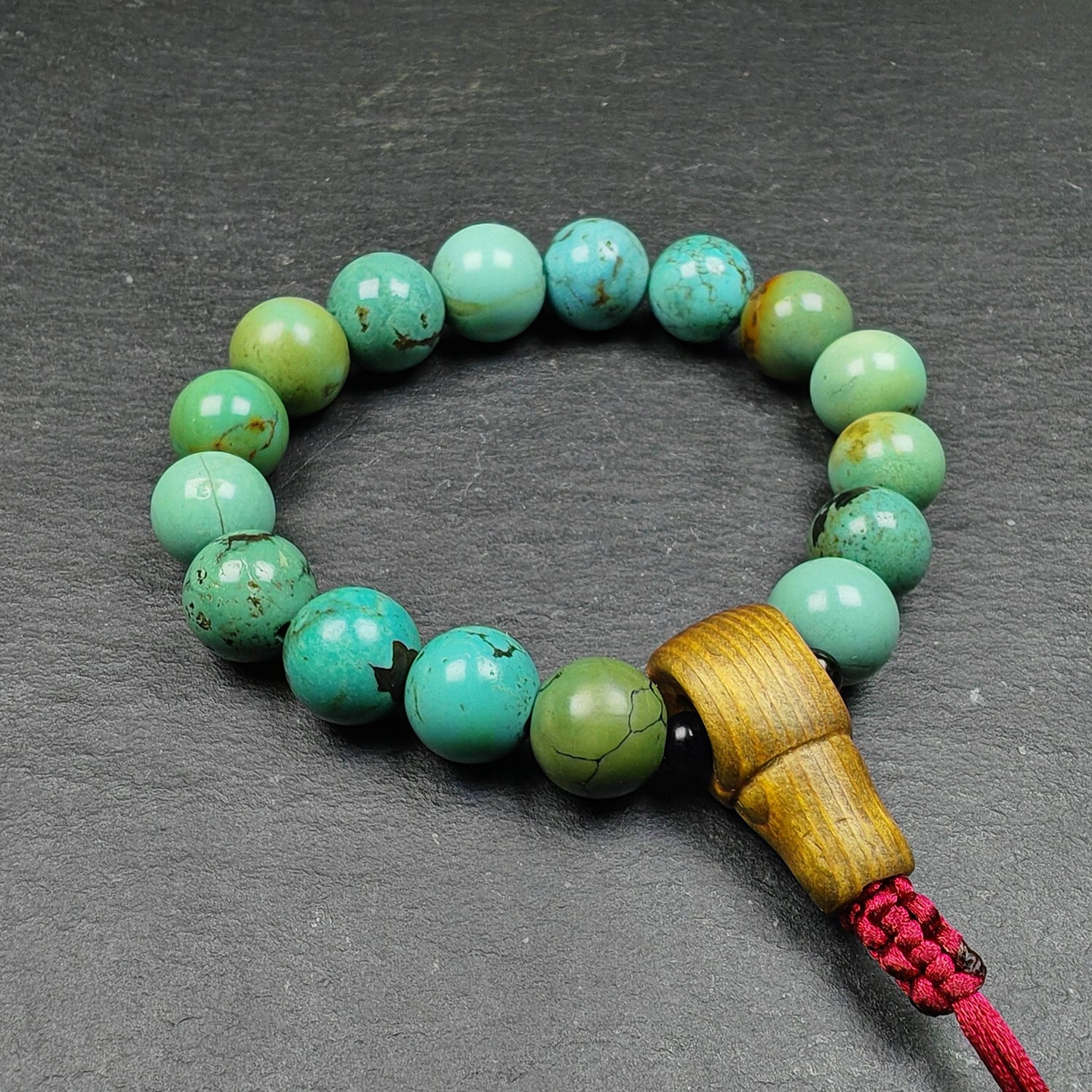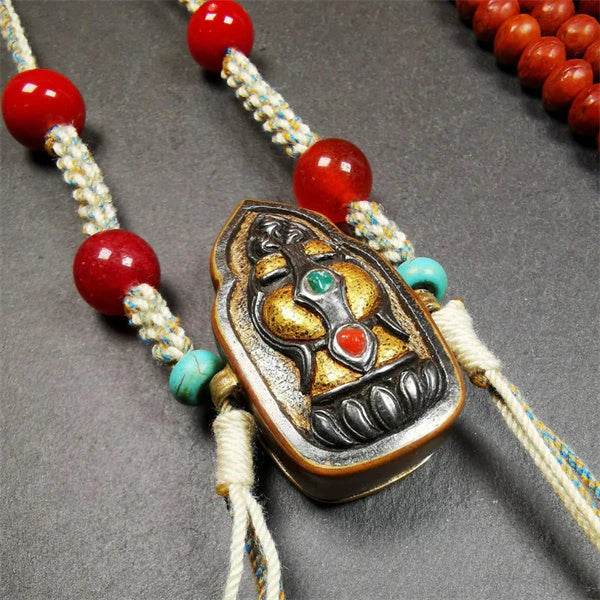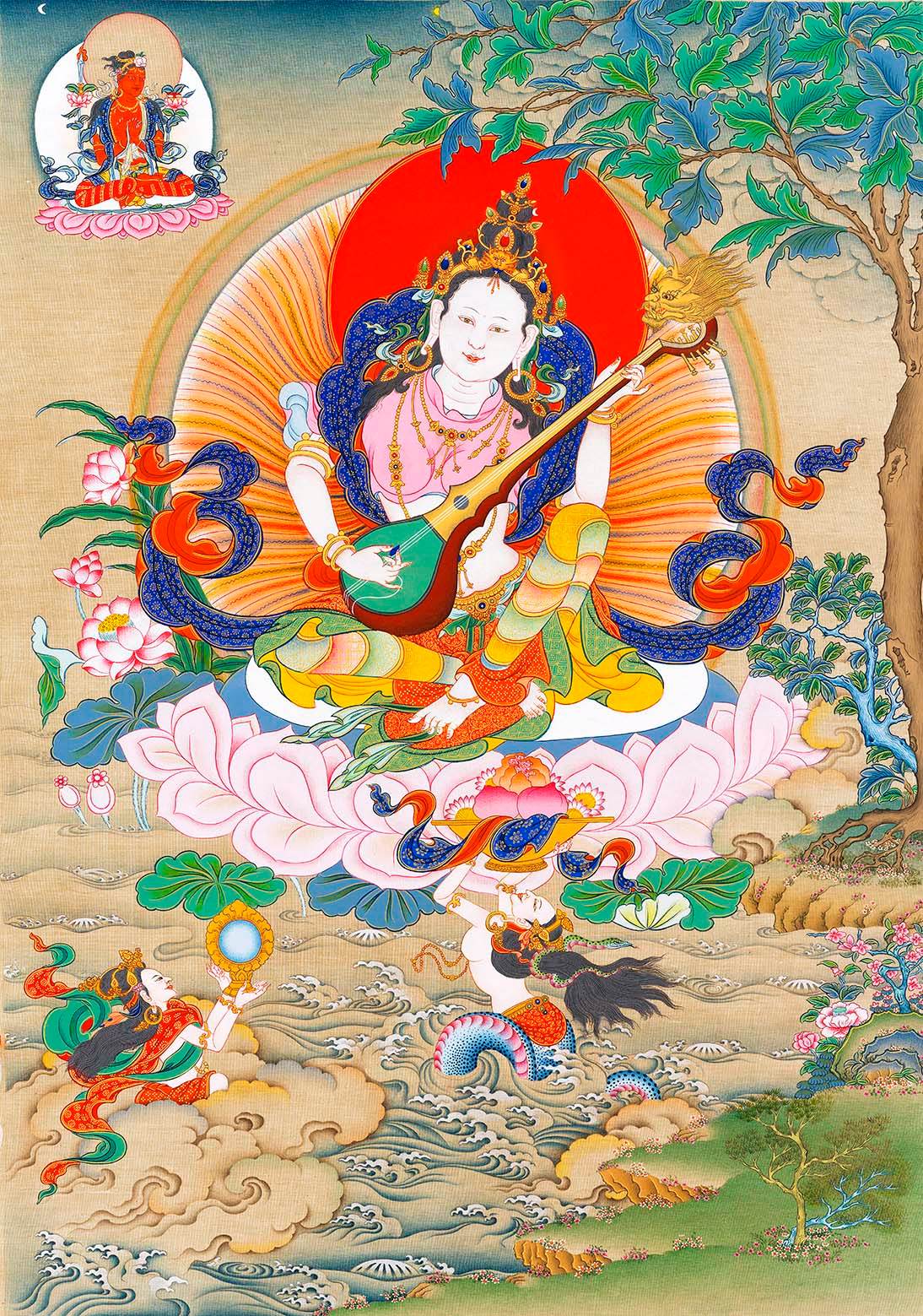
Tibetan Art in Basel

"A Set of Water Offering Bowls and a Ritual Vase"
Late 19th century, Collection of the Museum of Cultures Basel

"The Shuanglu Falun Combination Instrument and Guide" as collected in the Basel Cultural Museum in the 19th century

 "Museum Invites Monks to Create a Sand Mandala"
"Museum Invites Monks to Create a Sand Mandala" 2001, for the exhibition "Buddhas, Deities, and Saints"

"Treasury of the Protector Chapel ‧ Tibetan-style Wooden Cabinet"
18th century, Museum of Cultures Basel

"Complete Ritual Attire for the Cham Dance"
20th century, Museum of Cultures Basel

"Padmasambhava with His Two Consorts"
Early 16th century, Museum of Cultures Basel

"Square Gau Box with Padmasambhava and the Eight Auspicious Symbols"
18th century, Museum of Cultures Basel
"Presenting the cultural spectrum of a diverse society through differentiated approaches"
"Integrating knowledge dissemination, aesthetic experiences, and emotional resonance"
"Continually conducting systematic examination and contextual reinterpretation of the collection"
— Excerpt from the *Mission Statement* of the Museum of Cultures Basel

"Eleven-Headed Avalokiteshvara"
Late 14th century, Museum of Cultures Basel
Concrete and Authentic Aesthetics of Daily Life
On November 12, 2022, a retrospective exhibition dedicated to the life and work of Swiss comic artist Cosey (born Bernard Cosendai, 1950– ) opened at the Cartoon Museum Basel in Switzerland. Among the exhibits were original manuscripts of Cosey’s widely acclaimed comic series *The Adventures of Jonathan*, including a draft depicting Padmasambhava and the tradition of Tibetan thangka painting. This piece sparked renewed interest in Himalayan-Tibetan culture among the Swiss and broader European and American art communities.
As a comic artist with travel experience in Tibet, Cosey maintained a lasting fascination with Tibetan artifacts and ritual traditions, often expressing his unique perspectives on Tibetan culture through his protagonist, Jonathan. *"In the depths of the snow-capped mountains, a concrete and authentic aesthetics of daily life continuously unfolds"*—Cosey’s description of Tibetan culture also aptly applies to the Museum der Kulturen Basel (MKB).

"Original Manuscripts of *The Adventures of Jonathan* Comic Series"
20th century, Cartoon Museum Basel
As a museum dedicated to pan-ethnographic and anthropological studies, the Museum of Cultures Basel (MKB) boasts one of Europe’s most significant cross-cultural collections, categorized into nine cultural regions. Since the 1840s, its predecessor—the Museum of Natural History and Ethnography—began acquiring precious artifacts from around the world through European travelers and explorers. By the early 20th century, the museum actively funded numerous academically valuable expeditions. In 1904, it formally established ethnography as an independent department and launched related academic publications. In 1917, to safeguard its growing collections and Alpine cultural heritage, the expanded institution was renamed the *Museum of Ethnography*. By 1996, it was officially rebranded as the *Museum of Cultures Basel*.

"Interior View of the Main Exhibition Hall in the Early Years of the Museum"
Collection of the Museum of Cultures Basel
Unlike other museums with an art-historical focus, the Museum of Cultures Basel has been dedicated since its inception to exploring the everyday cultures and technical expressions (such as myths and rituals) of people across different cultural contexts. "Culture and its associated emotional expressions" became the core exhibition philosophy of the museum. The modes of expression embodied in artifacts, along with the conceptual structures behind them, have long been subjects of inquiry in anthropology and folklore studies. By delving into the technical and intellectual histories of these objects, we gain diverse interpretations of the term "culture." Whenever we find ourselves between stability and transformation, studying recurring behaviors—both past and present—understanding and inspiration become possible. In this way, we may liberate ourselves from the "chaos" of hatred and prejudice.

"Śākya Paṇḍita Kunga Gyaltsen"
Mid-15th century, Museum of Cultures Basel
Fortress of the Gods
Donations have long been one of the most significant sources of the Museum of Cultures Basel's collections related to the broader Himalayan region. The museum's core holdings in this field primarily stem from the contributions of religious scholar and theologian Gerd Wolfgang Essen (1930– ), who donated over 750 artifacts.
Building upon its collection of several thousand related objects, the museum organized the special exhibition *"Bhutan: Fortress of the Gods"* in 1998, which received strong support from the Bhutanese royal family and government. Between 2001 and 2008, the museum further established the permanent exhibition *"Tibet: Buddhas, Gods, and Saints,"* unveiling a wealth of previously unpublished yet highly significant artifacts—including masterpieces of Karma Gadri thangka paintings from its golden age and exceptional Tibetan sculptures from the 15th to 16th centuries.

"The 2nd Karmapa, Karma Pakshi"
19th century, Karma Gadri School (Palpung Monastery)
Museum of Cultures Basel

Museum of Cultures Basel
Anthropologist Clara Wilpert, who served as Director of the Museum of Cultures Basel from 1996 to 2006, wrote in her 2001 edited publication *"Museum Collection Highlights – Tibet: Buddhas, Gods, and Saints"* about Tibetan culture:
*"Presenting the source of dharma and wisdom through intricate compositions, it constructs a Buddhist pure land while embracing the complexities of worldly emotions."*
When *"appreciating these artifacts rich with specific metaphors,"* we must never forget the people of the snowland who created, continuously used, and interpreted them.
 "The 8th Situ, Chökyi Jungné"
"The 8th Situ, Chökyi Jungné"
18th century, Karma Gadri School (Palpung Monastery)
Museum of Cultures Basel

"The 8th Situ, Chökyi Jungné"
18th century, Karma Gadri School (Palpung Monastery)
Museum of Cultures Basel

"Mahakala with Six Arms"
15th century, Museum of Cultures Basel
(Upper left: Je Tsongkhapa / Upper right: Dülzin Drakpa Gyaltsen [1374-1434] - "Foremost Keeper of Vinaya among Tsongkhapa's disciples")

Detail of the above

"Main Shrine: Tsongkhapa and His Two Principal Disciples"
20th century, Museum of Cultures Basel
Integrating intellectual frameworks with emotional expression
This article is translated from SuolangWangqing's blog.







1 commento
0cxxao